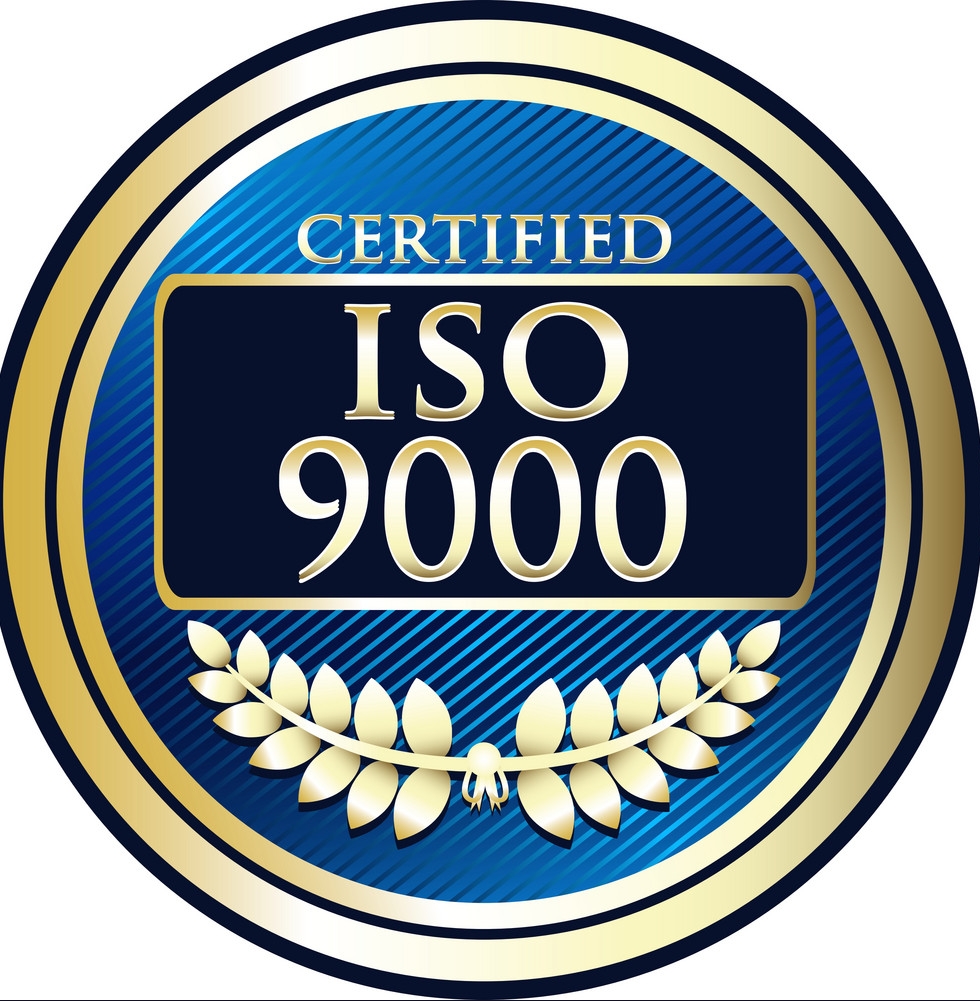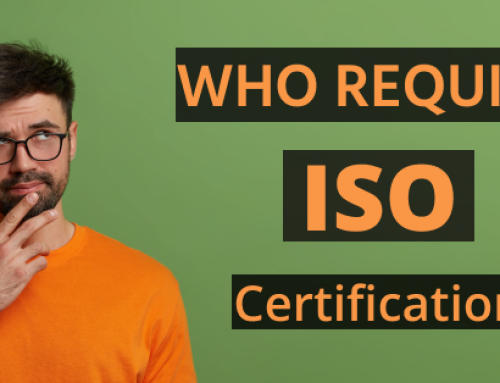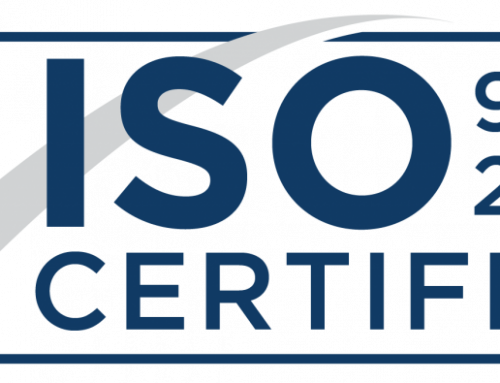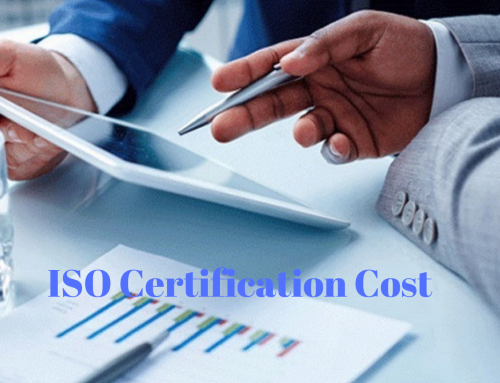ISO 9000
Contents
ISO 9000 certification is the set of International Standards of Quality management for large and small companies. It is a family of various standards that specify how the management operations shall be conducted. ISO 9000 ensures the supplier’s design, create, and deliver products and services which meet predetermined standards. In other words, it has a goal to prevent non-conformity. Both the manufacturing and service firms use ISO 9000 series and had been adopted by more than 100 nations as their national quality management/quality assurance standard by the end of 1997.
For further details regarding types of ISO Certification or International standardization or more then must follow our blog.
Important Elements of ISO 9000 Quality management systems
- Management Responsibility
- Quality System
- Order Entry
- Design Control
- Document and Data Control
- Purchasing
- Control of Customer Supplied Products
- Product Identification and Tractability
- Process Control
- Testing Control of Inspection, and Inspection, Test Equipment, and Measuring
- Inspection and Test Status
- Control of Nonconforming Products
- Corrective and Preventive Action
- Handling, Storage, Packaging, and Delivery
- Control of Quality Records
- Internal Quality Audits
- Training
- Servicing
- Statistical Techniques
Different Models of ISO 9000
ISO 9000 is the introductory standards which cover the fundamentals of what a quality management system should actually be like and defines vocabulary and describes the seven quality management principles of it. Documents for the current ISO 9000 series are given below:
- ISO 9001: It is made for the description of the requirements framework for the creation of a quality management system. As per the recent revision, ISO 9001 is an obvious generic to accommodate all types of endeavors and businesses. Mostly, organizations are certified because it is the only standards with requirements.
- ISO 9004: It illustrates the methods to sustain the quality improvements and less commonly discussed documents.
- ISO 19011: It is to provide guidance on conducting internal and external audits to ensure that quality systems conform to 9000 guidelines. Read more: what is ISO 19011 in detail
Principles of ISO 9000
- Customer Focus
Customer focus is the demographic key for every organization to increase revenue by delivering the products and services for which the customer is seeking. Sometimes, plenty of knowledge about customer needs leads to more allocation of resources appropriately and efficiently. Above all, the dedication of the business can be easily recognized by the customer that further raise customer loyalty.
- Good Leadership
Every ideal business contributes to basically two things:
- Unity
- Right Direction
The final goal is to motivate the team working on a project on one hand and on another hand, the successful leaders would reduce miscommunication within and between departments. The role of everyone is intimately intertwined with the next ISO 9000 principle.
- Involvement of people
Integration is the necessary virtue for the business team to success. It has been noticed that the involvement of substance will lead to a personal investment in a project, in turn, create motivate and committed workers. Moreover, these dedicated workers tend to innovation and high creativity with full utilization of their abilities to complete the given task. When people vested interest in performance then they will become eager to participate more in the continual improvement that ISO 9000 facilitates.
- A process approach to quality management
Of course, the result reaches to its best when operations and resources are managed together. In addition, process approach to quality management can also lower costs through the effective use of resources, time, and personnel. When the process as a whole is controlled then the management can focus on goals which are relevant to the big picture and prioritize objectives to maximize effectiveness.
- Management system approach
It becomes a matter of worry if we combine management groups but sometimes can result in an efficient and effective management system if done properly. When leaders are so dedicated to the goals of an organization, they will aid each other to achieve productivity improvement. Alignment and Integration are the key processes that result in success. Parallel to this, parties who are interested will recognize the consistency, efficiency, and effectiveness that come with a management system. All the suppliers and customers will gain confidence in a business’s abilities.
- Continual Improvement
This principle is paramount and should a permanent objective of every organization. Obviously, a company can increase profits and gain a benefit over competitors by increasing its performance. When the whole business is dedicated to continual improvement then improvement activities will be aligned, more efficient development, and leading to faster. Anytime being ready for the improvement and change, businesses will have the flexibility to react quickly to new opportunities.
- Factual approach to decision making
Effective decisions always depend upon the two things:
1) Analysis
2) Interpretation of information and data
When a company make informed decisions and certainly make this a habit then they will be able to demonstrate the effectiveness of the past decisions. It will definitely put confidence in current and future decisions.
- Supplier relationships
By establishing a mutual supplier relationship, you can get an advantage, for example, a relationship creates value for both parties. Here, a supplier needs to be quick to react when a business needs to respond to customer needs or market changes. So, both the organizations will be able to optimize resources and costs through close contact and interaction with a supplier.
Benefits of ISO 9000 series
- Generate more effective and efficient operation.
- Reduces audits.
- Create more customer satisfaction and relation.
- Improve the marketing process.
- Promotes international trade.
- Enhance the motivation of employees, awareness, and morale.
- Increase the profit
- Reduce wastage that leads to increased productivity.
- Considered as a common tool for standardization.
Certification Process of ISO 9000
- First of all, make a concise quality mission statement for your company. Then openly post it and familiarize all your employees with it. Through considering a quality mission statement as a guideline, the management must develop a detailed set of quality goals for the organization.
- Secondly, establish a set of policies which will be the instructor for each work guiding on how to achieve the overall quality goals. Here, you can also develop a related process to manage and monitor whether the work elements are following the policies and achieving the quality goals.
- Proper education to the workforce must be given on the new quality management system. With this, ensure that each work element is knowledgeable about their work instructions and understand how they will be evaluated in terms of achieving quality goals.
- Then, implement processes of quality and instructions throughout the company. If there is a requirement of changes in the quality management system then only allow the authorized senior management personnel to make such changes. Side by side, a careful control over all policy of documents and work instructions is also necessary so that you can later demonstrate to certification personnel that none other than authorized personnel has accessed or amended the documents.
- You can contact in any recognized ISO 9000 Certifying body to request a certification audit. The certification organizations are present throughout the United States and in dozens of countries overseas.
- Now, you have to publish the date of the pending audit to all employees and ensure they are fully familiar with their specific instructions, policies, and quality goals, as well as the overall corporate quality mission statement.
- To conduct the ISO 9000 Audit of your company as well as for processes, permit the certifying organization. After this, demonstrate your documentation as employees know their work elements processes in relation to meeting company quality goals and that you have effective quality management systems in place.
- Last but not least, obtain certification documents from the certifying organization after successfully completing the audit.
Auditing of ISO 9000
- First Party Audit: It is also known as the Internal Audit. It is responsible to check the newly minted processes run according to new procedures. Auditors provide feedback so as to correct the gaps.
- Second Party Audit: The customer audit to ensure that processes run according to customer requirements. Make a point that these audits can also occur for organizations that are not certified and are not undergoing certification.
- Third Party Audit: It is also known as External Audit and it is conducted by a representative of a registered company. For ISO 9000, successful completion is mandatory.
Afterward, the audits begin by sending it for the desk audit performed by the registrar. The auditors perform a site visit of at least two days follows where they can observe and ask questions to determine whether the organization is ISO compliant or to gauge employee knowledge of procedures. Following are the questions that are asked along with the model:
- What do you do?
- Where is it mentioned in the procedures?
- You did what you say through the documented records, prove it!
If any kind of serious infractions exists, you must immediately correct them. The auditors at this point verify that corrections are in place. The candidate organization pays the cost for the auditing fees, hospitality and travel costs also.
How can an organization follow ISO 9000 series without being certified?
There is no requirement of certification in such a case. Every organization is allowed to derive all the benefits that come from being more aware of the root causes of problems and increase quality simply by following ISO 9000 prescriptions.
Cost of ISO Certification
ISO Certification cost through Legal Raasta get started at Rs. 5,984 onwards and it will get done in the minimum of 15 days or more to be certified.
Hurry up! Apply ISO online to get more customers in the scenario of cut-throat competition. Our experts are available here to guide you in the best possible ways. Give us a call at 8750008585 and send your query on Email: [email protected]
Related Articles:
Procedure of ISO certification in India






